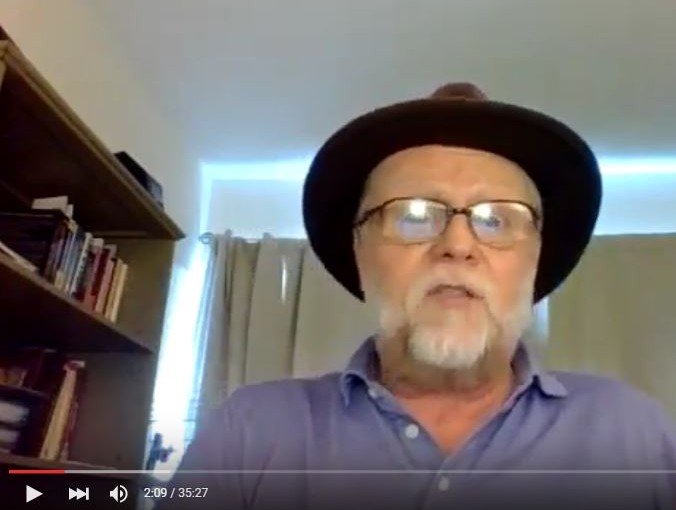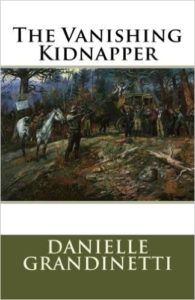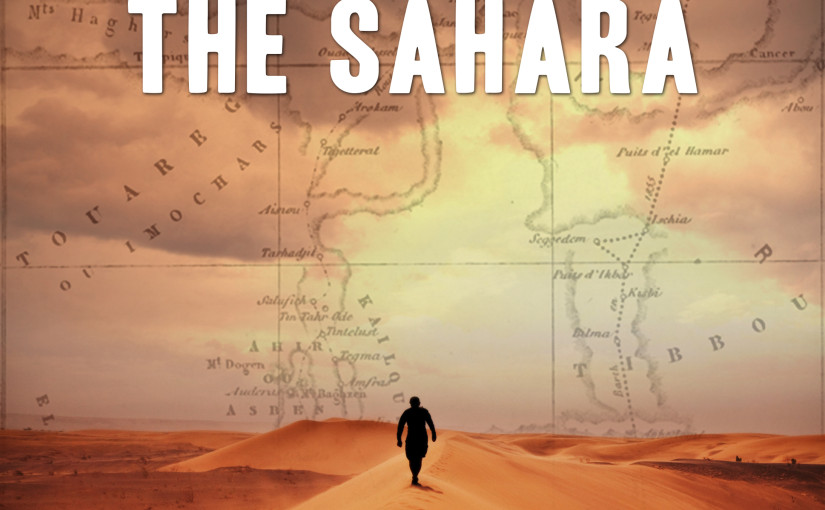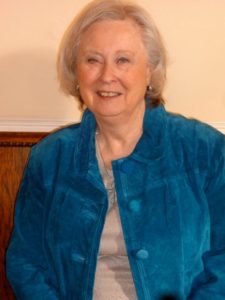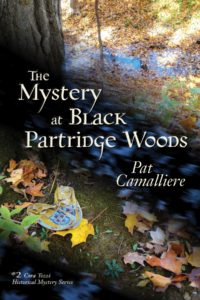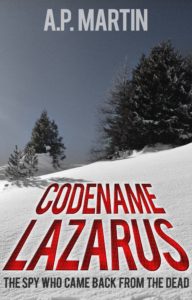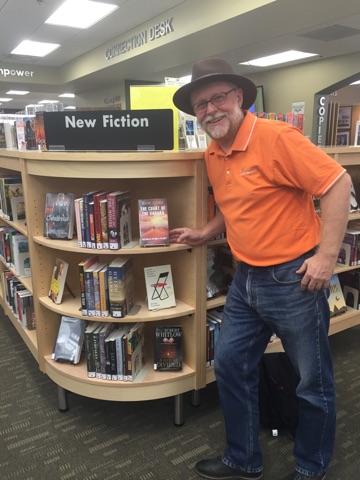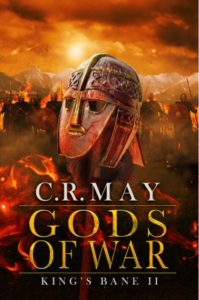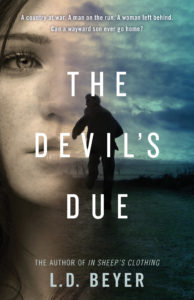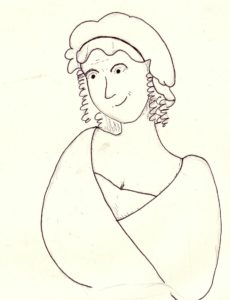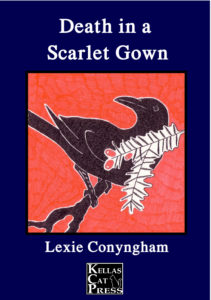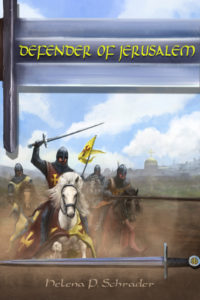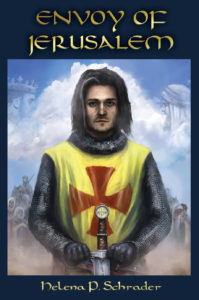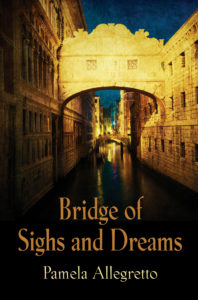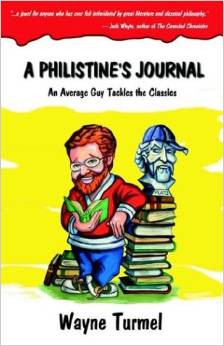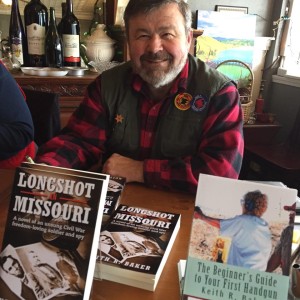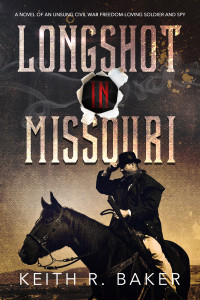One of the most intriguing novels I’ve read in a while is Gary Lindberg’s “Ollie’s Cloud.” It’s a big (and a bit messy) sprawling book that takes on Islamic Messiahs, American Revivalism, and even the birth of the Mormons, as seen through the eyes of a young Anglo-Persian man. If that sounds like an ambitious undertaking, well I agree. I had to reach out and ask him exactly what he was thinking.
So what’s the Gary Lindberg story?

I traveled around the world to research The Shekinah Legacy. As a writer and film producer/director, I won over one hundred major national and international awards, and was the co-writer and producer of the Paramount Pictures feature film That Was Then, This Is Now starring Emilio Estevez and Morgan Freeman.
As an author, I’m fascinated by the power of belief, and how strong beliefs are often indistinguishable from facts in the mind of the believer, possessing the power to shape behavior and sometimes wreak havoc. I’ve published four consecutive #1 bestselling novels and lives in Minnesota with his wife, Gloria, and his Jack Russell terrier Joey.
Not for nothing, but Gary is also the founder and CEO of Calumet Editions. a publisher of quality fiction and non-fiction.
So, this book is about a lot of things, but what’s the basic story?
This is the story of the spiritual journey of two nineteenth-century Persian boys who both want to grow up to be great mullahs (Islamic clergy). Best friends since birth, Jalal and Alí become separated when Alí, who is only half Persian, is kidnapped by his English mother and brought to London for rearing by his as a
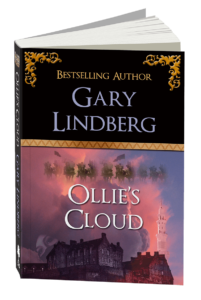
proper English Christian gentleman. Left behind, Jalal becomes a follower of a young prophet who has established a new religion in his native Persia.
In England, Alí is christened “Ollie” by his mother and grows up as the scion of a wealthy newspaper family. But after suffering a string of great tragedies he comes to despise God and dedicate himself to the persecution all men of the cloth—Christian and Muslim—who perpetrate the “lies” of religion. In Persia, Jalal becomes a leader in the new religious movement and helps recruit hundreds of thousands of new adherents, which causes the Persian leadership and Islamic clergy to launch fierce persecutions; the authorities eventually kill over 200,000 followers of the cause.
After many years, Ollie makes his way back to Persia, finding himself on the side of the Persian army in an epic battle between the Persian army, 10,000 strong, and a comparative handful of the new religion’s adherents led by his previous best friend Jalal.
Those are a lot of big themes. What is it about that time period (The mid- 19th Century) that’s so interesting?
In doing some personal research on religion I came cross the fascinating and adventurous account of the birth of a new religion in Persia in 1844. The details were stunning though not well-known to the general public. I was taken with how the story of the prophet-founder of this new religion, which is now recognized as a new world religion, echoed the same storyline of previous founders of religions such as Moses, Jesus, and Mohammad. I decided right then to write a novel inspired by this account, and chose one of the religion’s primary leaders on which to base the character of Jalal. The character Alí is wholly made up, as I felt there needed to be a more westernized character to attract the interest of western audiences.
I was caught up in how Ali/Ollie whipsaws between angry atheism and a need for faith… any faith. What’s your favorite scene in the book?
Perhaps my favorite scene is the story’s pivot point that takes place early in the book just prior to Alí leaving Persia for London. Prior to this scene we have learned that Alí is the son of the mayor of Bushruyih, who had purchased a slave girl—actually the captured daughter of an English missionary—and married her. This girl is Alí’s mother. In this scene, Ali’s mother, encouraged by a travelling Englishman, kidnaps Alí from the harem and escapes across the desert to a port where they board a ship bound for London. I like this scene because it is not only very dramatic, but such a turning point in the story. Everyone’s life changes because of the action of Alís mother, and on the following pages we get to see the surprising consequences.
Where can people find your books and Calumet Editions?
Personal website and blog: http://gary-lindberg.com
Personal Twitter account: http://twiter.com/LindbergAuthor
All books available in paperback and Kindle on http://www.amazon.com
Link to Ollie’s Cloud: http://smarturl.it/OCtg
About Calumet Editions
Calumet offers authors the benefits of traditional publishing with a unique business model that provides authors more flexibility, support and financial rewards. With a proprietary Twitter Network of 3,200,000 Followers who are book lovers, Calumet also has an unparalleled ability to help authors achieve exposure and name recognition, which are keys to selling books.

